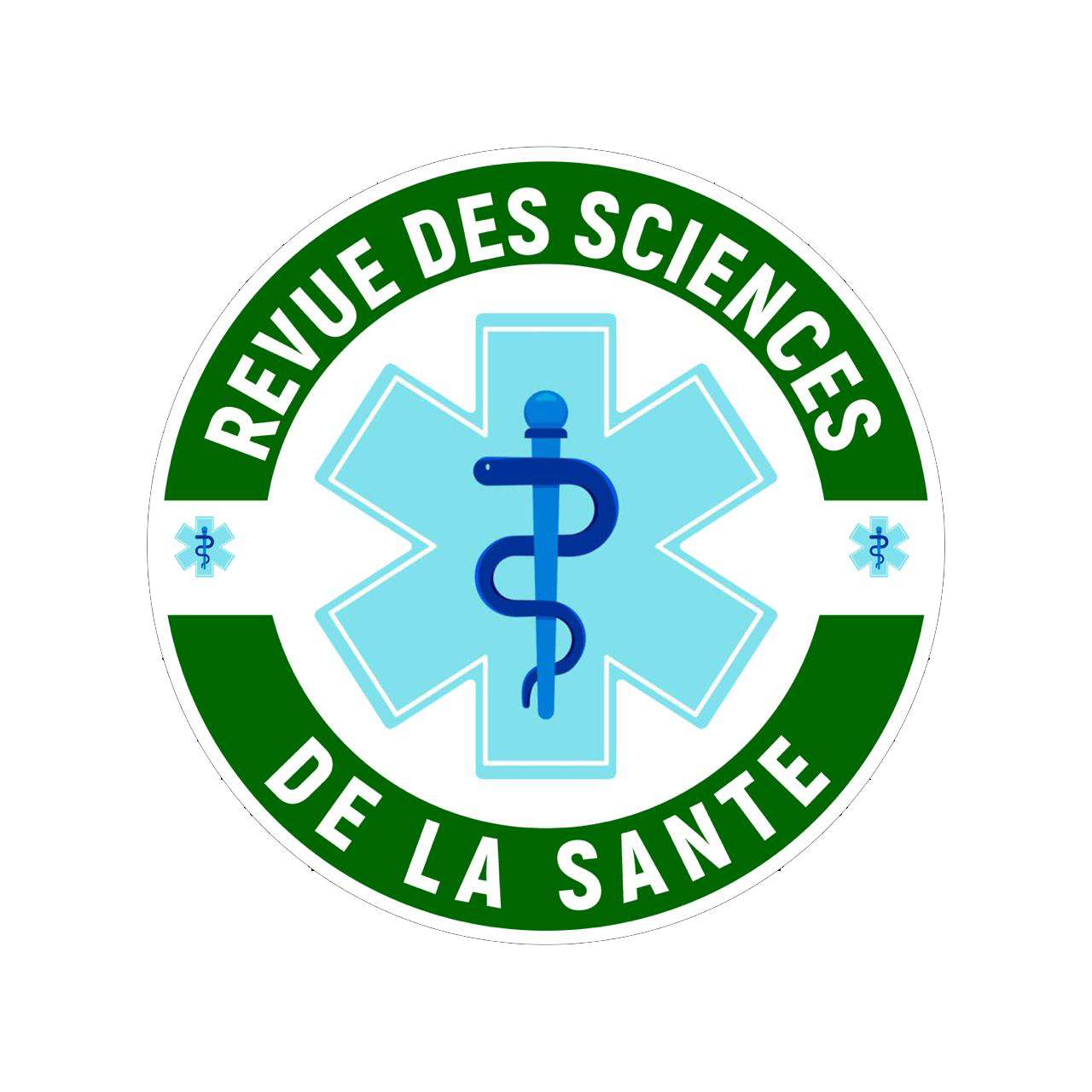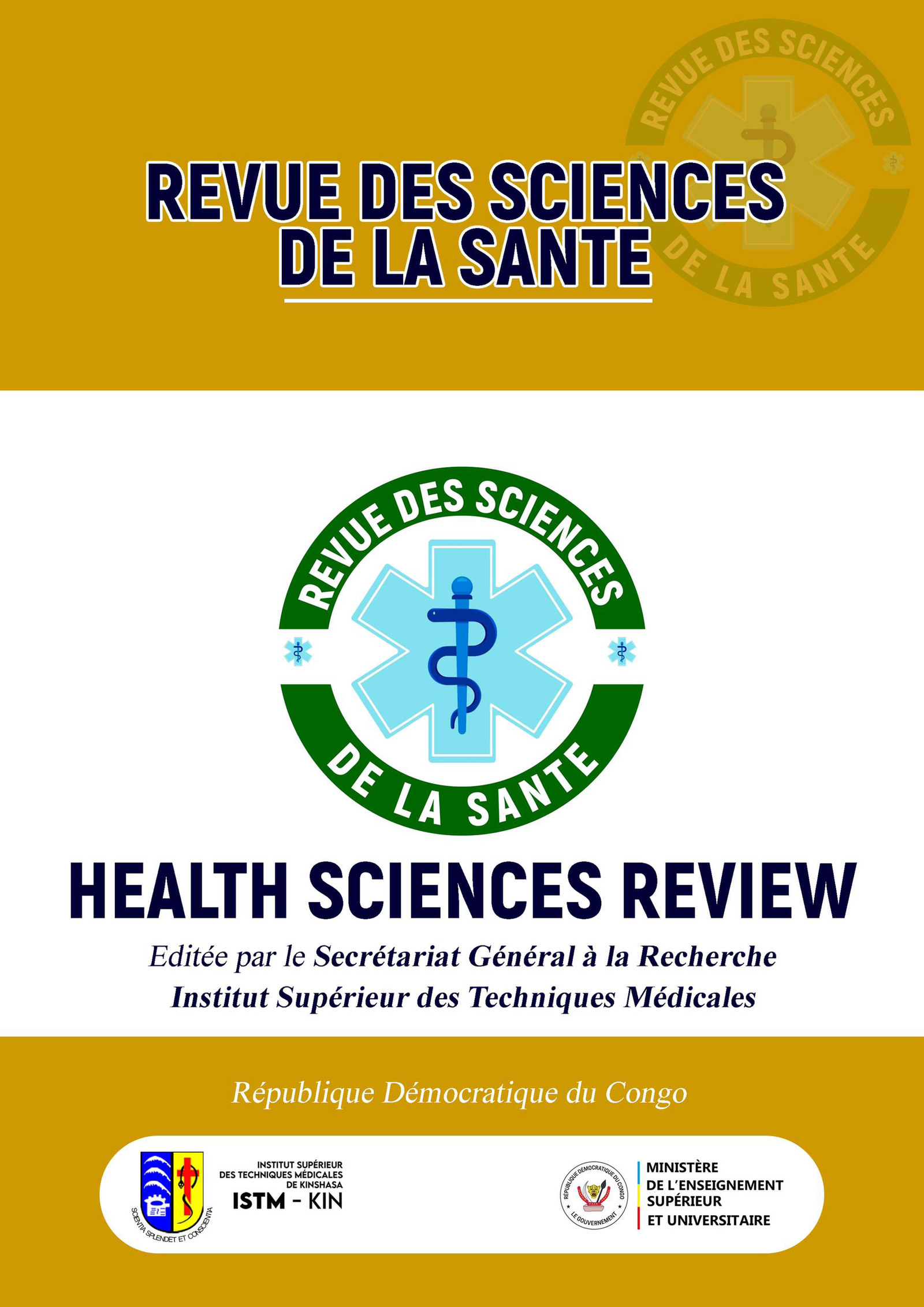Abstract
The general objective of this study is to determine the prevalence of alcoholism in the commune of N’DJILI. This is a descriptive cross-sectional study carried out on the basis of a pre-established questionnaire, which made it possible to question people living in 3 districts of the commune of N'DJILI, on their habit of alcohol consumption, during the period from November to December 2016. The results found indicate that 432 people were interviewed including 372 men (86.1%) and 60 women (13.8%). In total there were 100 cases (23.1%) of harmful use and dependence on alcohol. The most affected age group was between 19 and 45 years old. Neighborhood 1 was the most affected, while the unemployed were the socio-professional category who consumed alcohol the most. Singles are the family group who are heavy drinkers, while weekend days have been retained as the days when there is more alcohol consumption. Beer was the most popular drink.
References
[1].Forouzanfar MH, Alexander L, Anderson HR, Bachman VF, Biryukov S, Brauer M, et al. Global, regional, and national comparative risk assessment of 79 behavioural, environmental and occupational, and metabolic risks or clusters of risks in 188 countries, 1990–2013: a systematic analysis for the Global Burden of Disease Study 2013. Lancet. 2015;386(10010):2287–323. Epub 2015/09/15. 10.1016/S0140-6736(15)00128-2
[2]. Rehm J, Shield KD. Global alcohol-attributable deaths from cancer, liver cirrhosis, and injury in 2010. Alcohol research: current reviews. 2013;35(2):174–83. Epub 2013/01/01. ; PubMed Central PMCID: PMCPmc39087
[3]. World Health Organization. Global Status Report on Alcohol and Health Geneva:World Health Organization; Available at: http://apps.who.int/iris/bitstream/10665/112736/1/9789240692763_eng.pdf. 2014. [Google Scholar]
[4].Mbulaiteye SM, Ruberantwari A, Nakiyingi JS, Carpenter LM, Kamali A. Whitworth JAG. Alcohol and HIV: a study among sexually active adults in rural southwest Uganda. Int J Epidemiol. 2000;29:911–15
[5].Zablotska IB, Gray RH, Serwadda D, Nalugoda F, Kigozi G, Sewankambo N, et al. Alcohol use before sex and HIV acquisition: a longitudinal study in Rakai, Uganda. AIDS. 2006;20:1191–67.
[6].Mehra D, Agardh A, Stafström M, Östergren P. Is drinking alcohol associated with sexual coercion among Ugandan university students? A cross-sectional study.Reprod Health. 2014;11:7.
[7].Tumwesigye NM, Kyomuhendo GB, Greenfield TK, Wanyenze RK. Problem drinking and physical intimate partner violence against women: evidence from a national survey in Uganda. BMC Public Health. 2012;12:3
[8].Roques B. la dangerosité des drogues : rapport au secrétariat d’Etat) la santé paris : Odile Jacob, 1999 : 319p
[9]. Shield KD, Rylett M, Gmel G, Gmel G, Kehoe-Chan TA, Rehm J. Global alcohol exposure estimates by country, territory and region for 2005—a contribution to the Comparative Risk Assessment for the 2010 Global Burden of Disease Study. Addiction (Abingdon, England). 2013;108(5):912–22. Epub 2013/01/26. 10.1111/add. 12112.
[10]. Inserm alcool dommage sociaux, abus et dépendance paris. Inserm, coll. Expertise collective 2003 ; 536 p ou htt://ww.impubli.inserm.fr/handle/10608/53
[11]. Klingeman H. L’alcool et ses conséquences sociales. La dimension oubliée Copenhague : OMS 2001 ; 16 p
[12]. Jean Baptiste Richard, Chritophe Palle, Romain Guignard, Viet Nguyen Thanh, François Bek , Pierre Arwidson. La consommation d’alcool en France en 2014. Evolutions n°22 Avril 2015
[13]. D. Gassaye, F. Bossali, J.R. Ibara. Prévalence de la consommation d’alcool dans la ville de Brazzaville en 2014. Journal Africain d’Hépato – Gastroentérologie 2015 ; 9 :160 – 162
[14]. Maurage P, Pesenti M, Philippet P, Joassin F, Campanelle S. Latent deleterious effects of binge drinking over a short period of time revealed only by electrophysiological measures. Journal of Psychiatry and Neuroscience 2009 ; 34 (2) :111 – 118
[15]. Educ’alcool. Les effets de la consommation de l’alcool. Alcool Santé 2007 :8 – 12.
[16]. Dongier M. Alcool et santé, bibliothèque nationale du Québec, Québec, 2007, 4-7.
[17]. Richard JB, Beck F, Spicka S. La consommation d’alcool des 18 – 25 ans en 2010 en France : spécificités et évolutions depuis 2005. BEH 2013 ; 16 – 17 – 18 :176 - 179
[18]. Lobert G. la consommation d’alcool chez les étudiants de l’UCL, Lyon, 2010.

This work is licensed under a Creative Commons Attribution-ShareAlike 4.0 International License.

